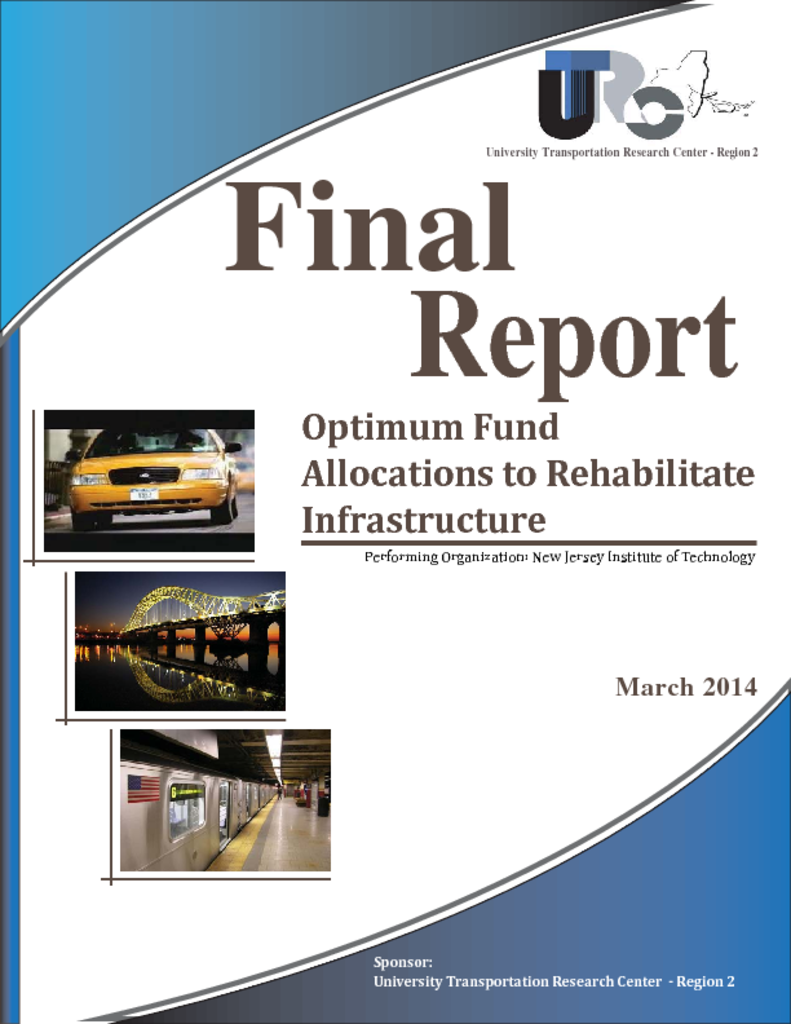Transportation Infrastructure in the US is in need of maintenance and rehabilitation. Preservation of road networks at an acceptable level of serviceability subject to the stringent yearly maintenance and rehabilitation (M&R) budgets is a major challenge for State Departments of Transportation (DOTs). Decision-makers are required to develop an optimum financial plan to minimize the total cost of maintenance and rehabilitation for different expected improvement of the road network performance level during a given planning horizon. This research developed a network level budget planning model, a valuable tool for decision makers of DOTs to determine the required minimum network budget and optimal budget allocations. This decision tool can compute the minimum amount of investment needed for a pavement network over a certain planning horizon to achieve specific network level condition state and recommend the best allocation of available budget among competing projects for different treatment strategies of maintenance and rehabilitation each year. This network-level optimization tool integrates a linear programming model and a deterministic roughness progression model which accounts the pavement deterioration. The effect of the uniformity of the annual optimum budget distribution on budget planning is also considered. The flexible pavement condition data from New Jersey Highway Network is used to validate the proposed model. This optimization tool demonstrates its ability to calculate the minimum budget required to achieve a desired level of pavement network condition state and to determine the corresponding optimal treatment scheduling. The developed network-level budget planning model can be used by highway agencies as a decision support tool for network level pavement management.




